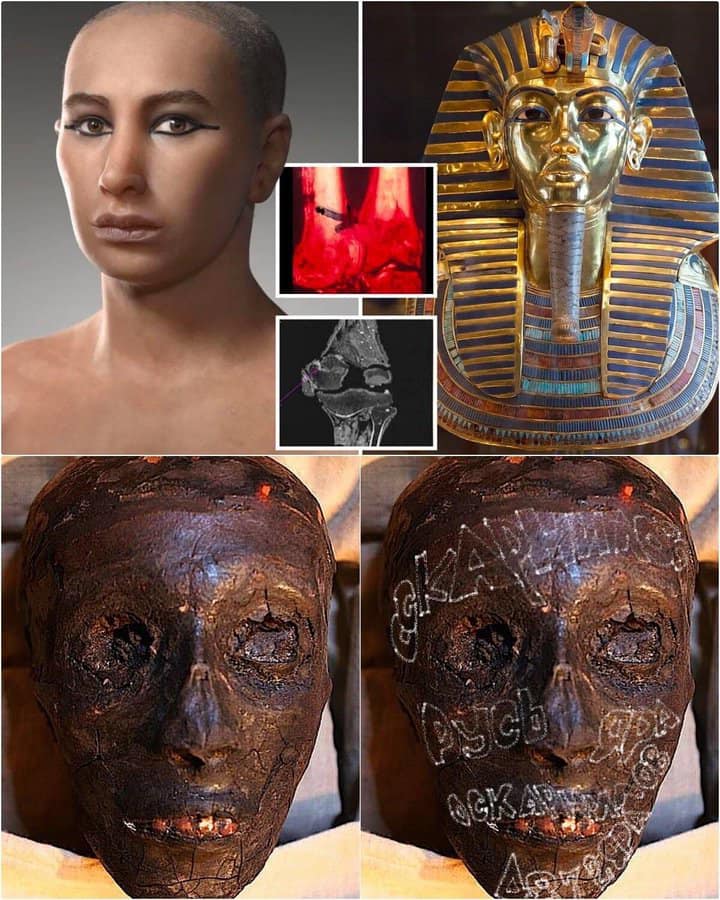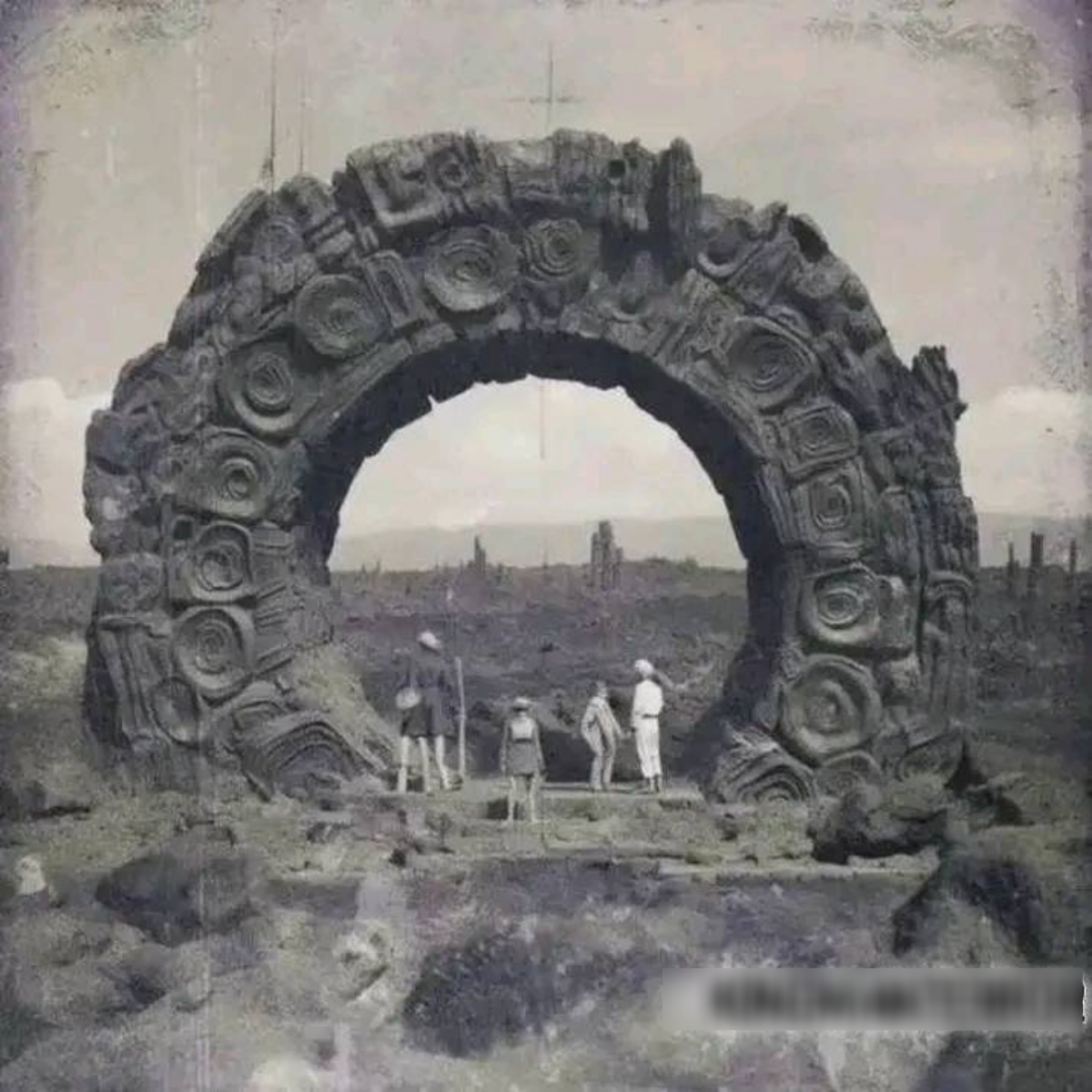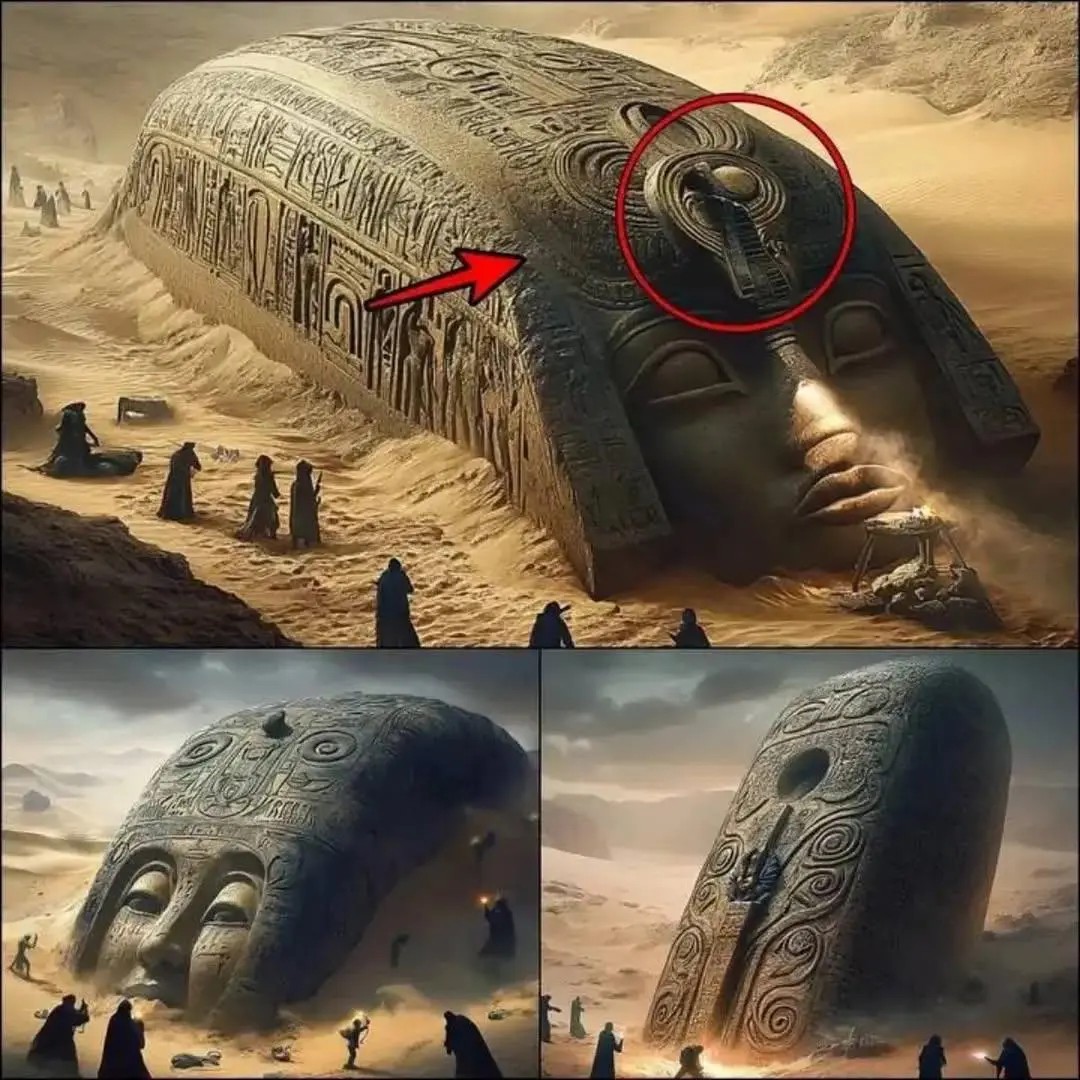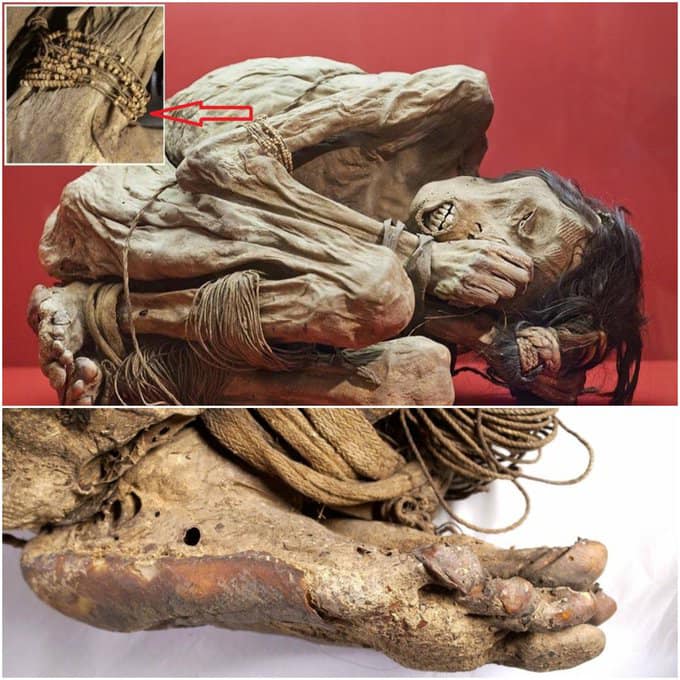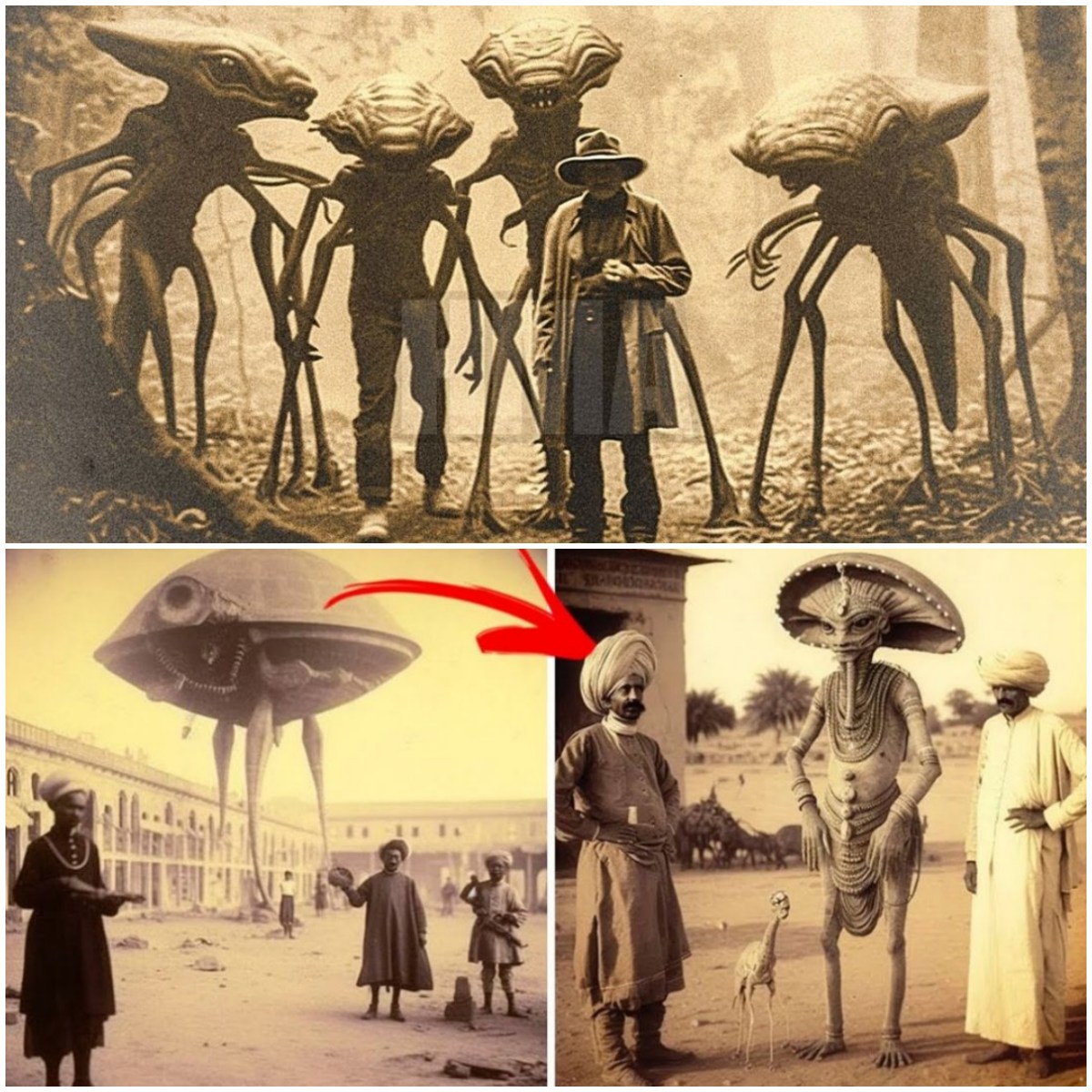When the Viking warrior buried his hoard of silver coins and jewellery in a lead container, he doubtless expected to be back for them after his next battle.
But thanks to those pesky Anglo Saxons, they remained undisturbed for more than 1,000 years… until Darren Webster discovered them with a metal detector during his lunch break.

Found just 18 inches beneath the surface of a field in Silverdale, Lancashire, the 201 objects were yesterday hailed by the British Museum as one of the most important Viking discoveries of recent times.
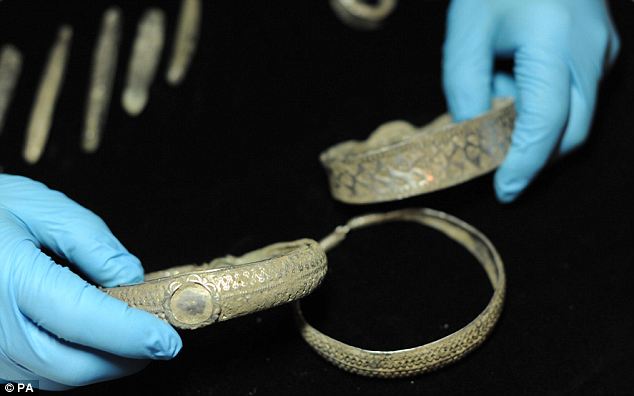
Artefacts: Darren Webster holds a Viking arm ring which was part of a hoard of the Viking treasure he found in Silverdale

Webster’s hoard: A Viking coin depicting the name Alwaldus, which has been attributed to the nephew of Alfred the Great
Based on previous finds, they could be worth as much as £500,000.
Mr Webster, a 39-year-old stonemason, said he found the hoard in September.
‘When I lifted the lead pot out of the ground there was a hole underneath and silver started to fall out. That is when I realised I had found something important.’

Quite how important became apparent when one of the 27 coins in the hoard proved to be a previously unrecorded type which the experts believe carries the name of an unknown Viking ruler in northern England.
The name is Airdeconut, thought to be an attempt to represent the Scandinavian name Harthacnut.

Valuable: Mr Webster holds a Viking arm ring
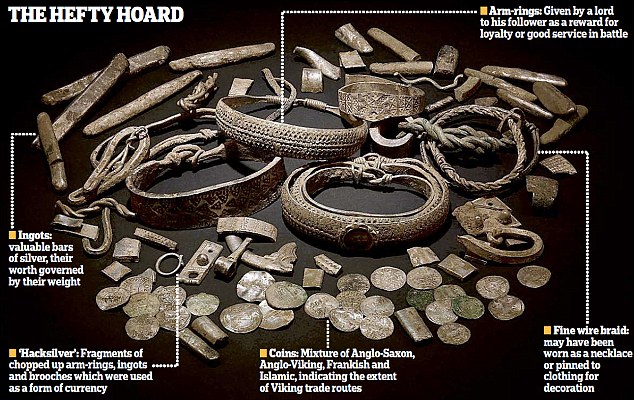
The coin also helps to dispel the popularly held view that Vikings were all pagans who pillaged monasteries out of hatred of the Christian Church.
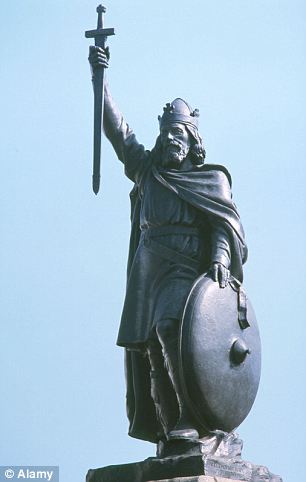
Great: A statue of King Alfred in Winchester
One side has the words ‘DNS [short for Dominus] REX’, which means ‘the Lord and King’, and they are arranged in the form of a cross, reflecting the fact that many Vikings converted to Christianity soon after settling in Britain.
Viking raids on Britain began in 793AD. Then in 865AD a full Viking army stormed through the country.
At the time the items were buried around 900AD, the Vikings were fighting the Anglo Saxons to keep control of the North of England – and presumably their owner came off second best.
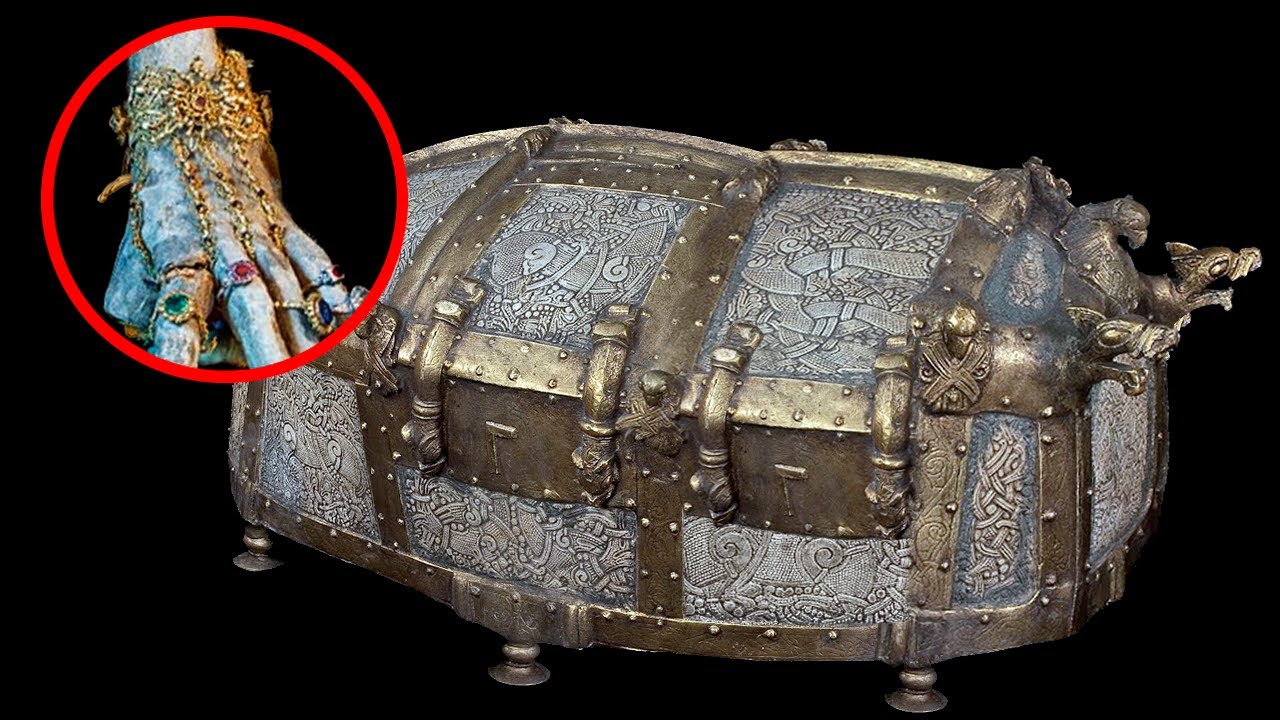
The museum’s curator of early medieval coins, Dr Gareth Williams, estimated the total value of the items at the time of burial would have been enough to buy ‘a small estate, a large flock of sheep or a small herd of cattle’.
The haul, which has yet to be valued, went on display at the museum yesterday and will be examined by a coroner tomorrow.
If an inquest declares that it is treasure, it will be offered to the British Museum or a local museum which has it valued by an independent board of experts.

If the museum wants the find, it must pay the market value of the treasure to the finder and/or landowner. If it does not, the finder can keep it.
In this case, the Lancaster City Museum is interested in buying the find for its collection.
The proceeds are expected to be divided between Mr Webster and the owner of the land.
